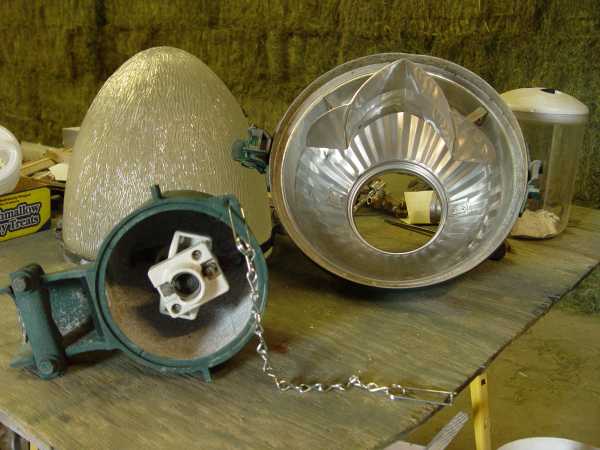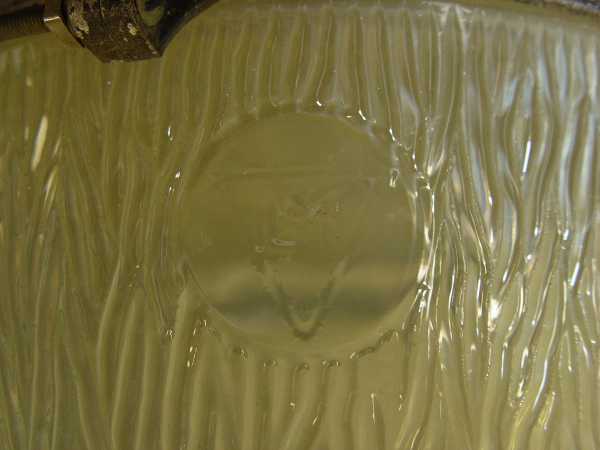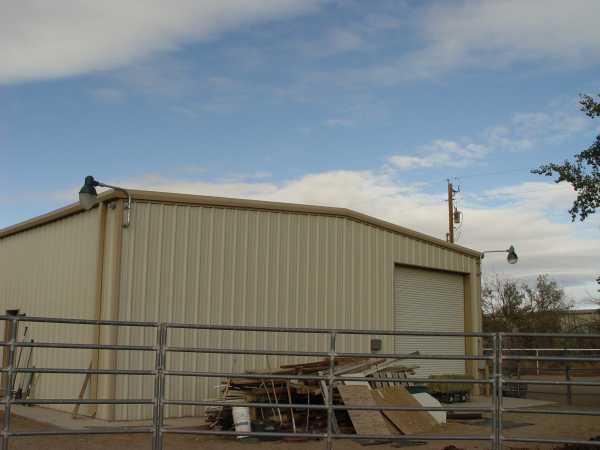Willis Lamm's
|
|
Line Material (L-M) "Controlite" Teardrop Street Light |
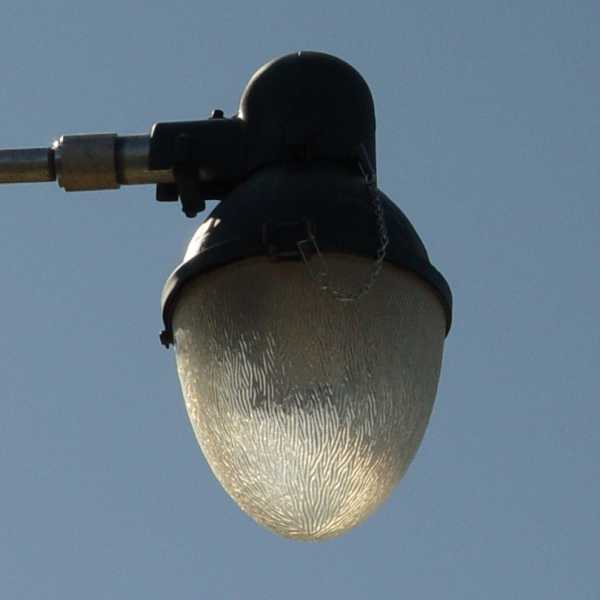
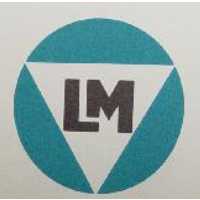 "Teardrop" is a common name given to pendant style street lights having elongated globes such as the GE Form 101. Teardrop lights were typically used in applications where larger, higher intensity bulbs were used and when it was desirable for additional light to be projected to the sides. These larger, brighter lamps often included internal reflectors to guide most of the light in appropriate directions.
"Teardrop" is a common name given to pendant style street lights having elongated globes such as the GE Form 101. Teardrop lights were typically used in applications where larger, higher intensity bulbs were used and when it was desirable for additional light to be projected to the sides. These larger, brighter lamps often included internal reflectors to guide most of the light in appropriate directions.
These lights were quite common in Los Angeles and southern California lighting boulevards and major intersections. As technology progressed, many of these icons of the south state remained in service, but with remote ballasted mercury vapor bulbs installed, and in a few instances, remote ballasted high pressure sodium lamps. |
| With the advent of high output CFL lamps that produce an equivalent of 300 watts of incandescent light while using only 68 watts of power, these old "dinosaurs" are now becoming elegant and efficient sources of roadway, utility and area lighting. |
Faint but legible Line Material logo on globe near rim.
|
Restored street lights used for area lighting.
|
How the Teardrop compares with Spherolite refractors.
(L to R) Spherolite, Jr., Spherolite and hinged teardrop.
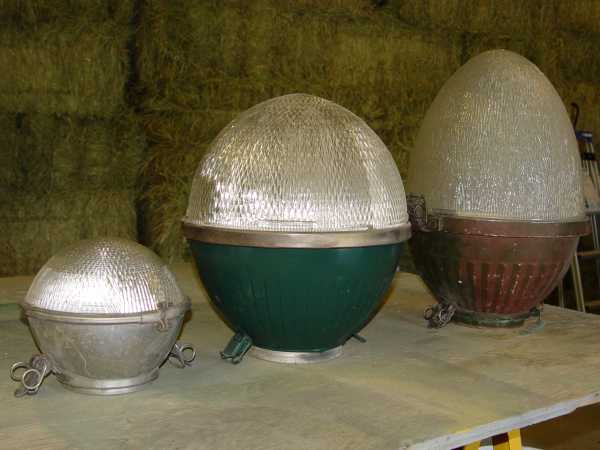
Night view.
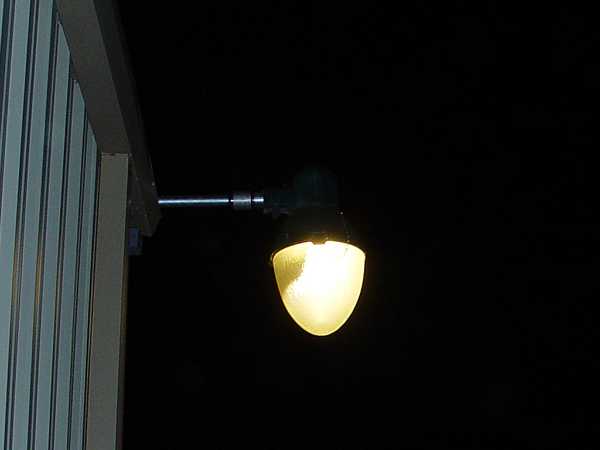
Continue to
Line Material "Teardrop" Luminaire
